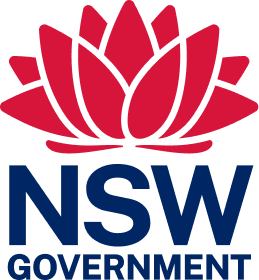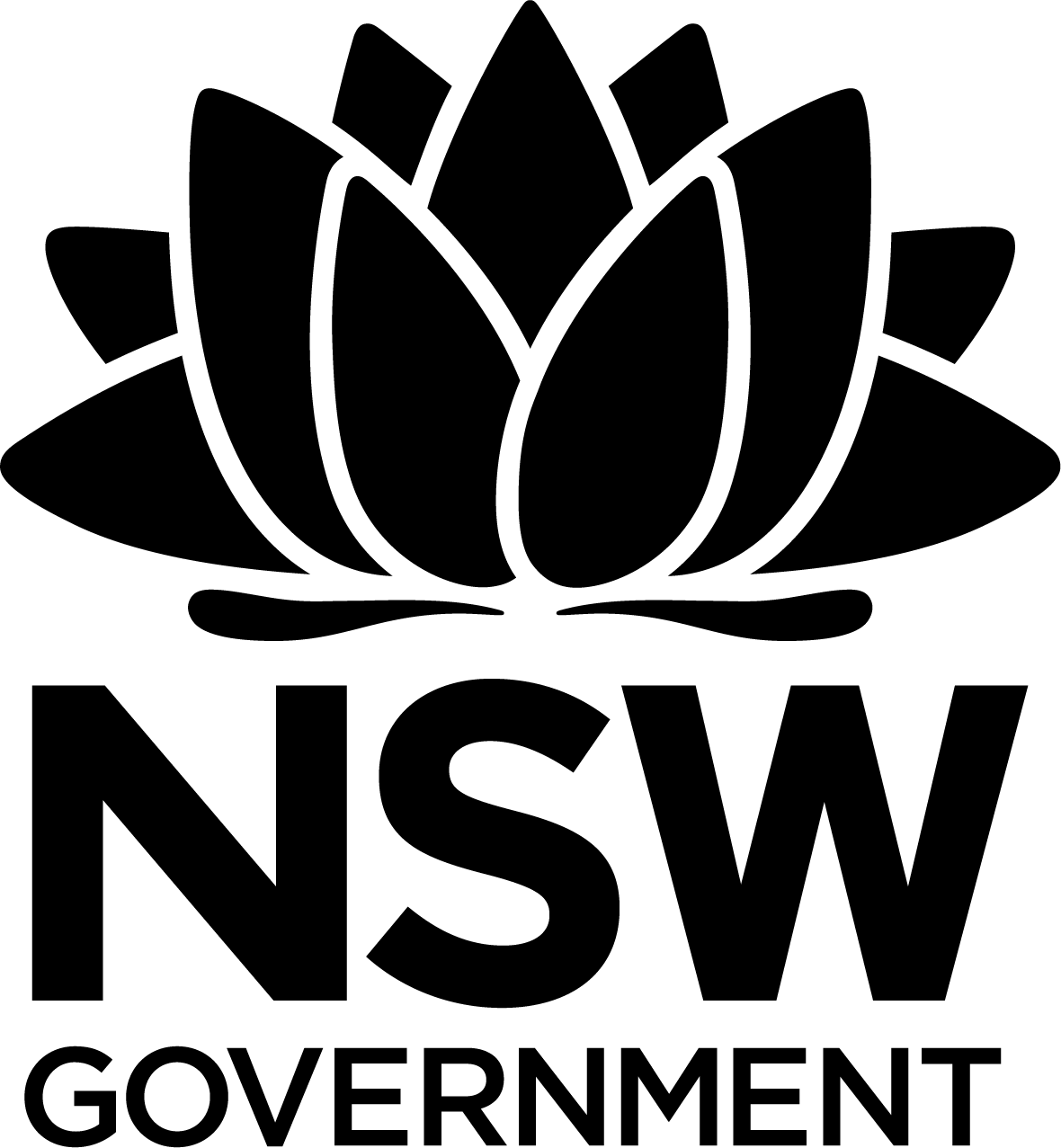
Crown land manager resource
- Home
- News and Events
- Aboriginal engagement for Plans of Management
Aboriginal engagement for Plans of Management
5 December, 2023
Johnstons Creek Parklands Plan of Management - City of Sydney
The City of Sydney adopted the Johnstons Creek Parklands Plan of Management on 21 March 2022. The council’s engagement with First Nations members helped to inform the development of the PoM and future plans for Johnstons Creek Parklands.
The land on which the Johnstons Creek Parklands lie is within the traditional lands of the Gadigal people. The site is predominantly situated on low lying foreshore that was reclaimed in the 1890’s at the head of Johnstons Creek.
The surrounding landscape contains rolling rises and low hills in Hawkesbury Sandstone, with Johnstons Creek flowing into Rozelle Bay. This estuary was once dominated by mangroves and mudflats, interspersed with dry sclerophyll and open woodlands and an open Sydney turpentine iron bark forest.
This natural environment provided a rich and varied food source for the First Nations people who lived and traversed the area. The estuary supplied foods such as shellfish and crustaceans, and the adjacent forests were a habitat for other food and provided materials used by the First Nations peoples.
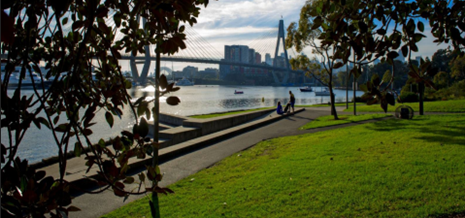
In 1789, the smallpox epidemic devastated the First Nations population and disrupted clan boundaries in Sydney. The Aboriginal people adapted their lifeways and culture to the profoundly different circumstances balancing new ways with traditional practices in locations of refuge. They formed alliances and cross-cultural relationships with colonialists where they could and rebuilt their communities actively contributing to the life of the city.
Through its engagement program, The City of Sydney wanted to recognise the important relationship that Aboriginal and Torres Strait Islander peoples have to these special places and strengthen the relationship with these communities. The council has used the Johnstons Creek Parklands PoM as a platform to further recognise and foster Aboriginal people’s custodianship, living culture and connection to these places.
Engagement methods included an online survey, intercept surveys, pop-ups at Crown land spaces, a conversation guide, school activity kits and community and staff workshops. The council held three online workshops with First Nations community members including elders, a representative of the Metro Aboriginal Land Council, local residents and business owners and specialised academics.
Aboriginal community members spoke passionately about their connection to country and strongly expressed that local parklands have continuous cultural significance. This group shared that they view PoMs as an opportunity for the council to embed and encourage truth telling, cultural recognition, Aboriginal design principles and access for cultural practice.
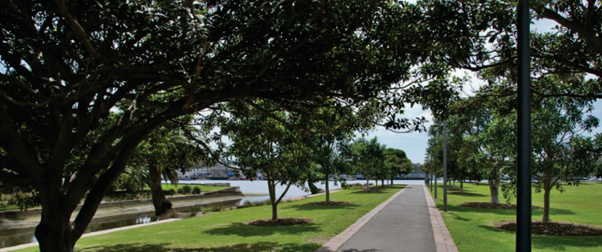
The broader community also expressed strong support for the recognition and practice of First Nations people’s continuous Connection to Country and important role as caretakers and knowledge holders of these spaces. Conversations from engagement with First Nations members resulted in the integration of a series of general principles into the management of this land, which included:
- Access to land as a human right of Indigenous peoples
- Recognition and respect for sacred sites and places
- Talking about Country helps bring the community together
- Creating opportunities for Aboriginal economic benefit
Discussions during community engagement also focused on potential ways that these principles could be put into action, with ideas detailed in the PoM under nine key themes including:
- The environment as living culture
- Language and naming
- Practicing and sharing culture and supporting community
- Economic and cultural ownership and management
Principles in the PoM have been guided by the world view of Aboriginal people. The City of Sydney states that “we challenge ourselves to decolonise our approach to managing Crown and community land. This is evident in the decisions we make as we manage these places.”
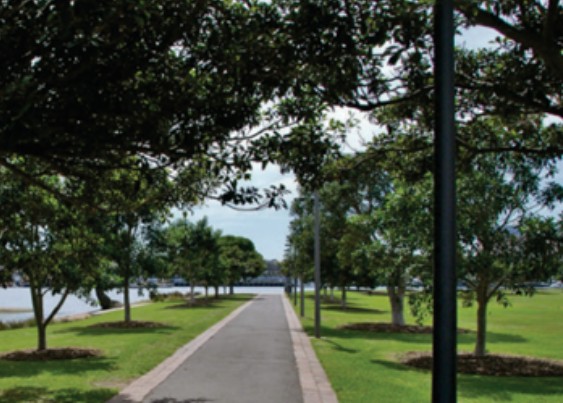
Sign up for our eNewsletter to receive updates.
This Crown land manager web resource was printed on 7 May 2024. The information contained in this web resource is based on knowledge and understanding at the time of writing May 2024. However, because of advances in knowledge, users are reminded of the need to ensure that the information upon which they rely is up to date and to check the currency of the information by referring to the website (www.reservemanager.nsw.gov.au).
© State of New South Wales through Department of Planning, Industry & Environment 2024.
Page link: https://reservemanager.crownland.nsw.gov.au/news-and-events/aboriginal-engagement-for-plans-of-management
- Home
- Aboriginal engagement for Plans of Management
